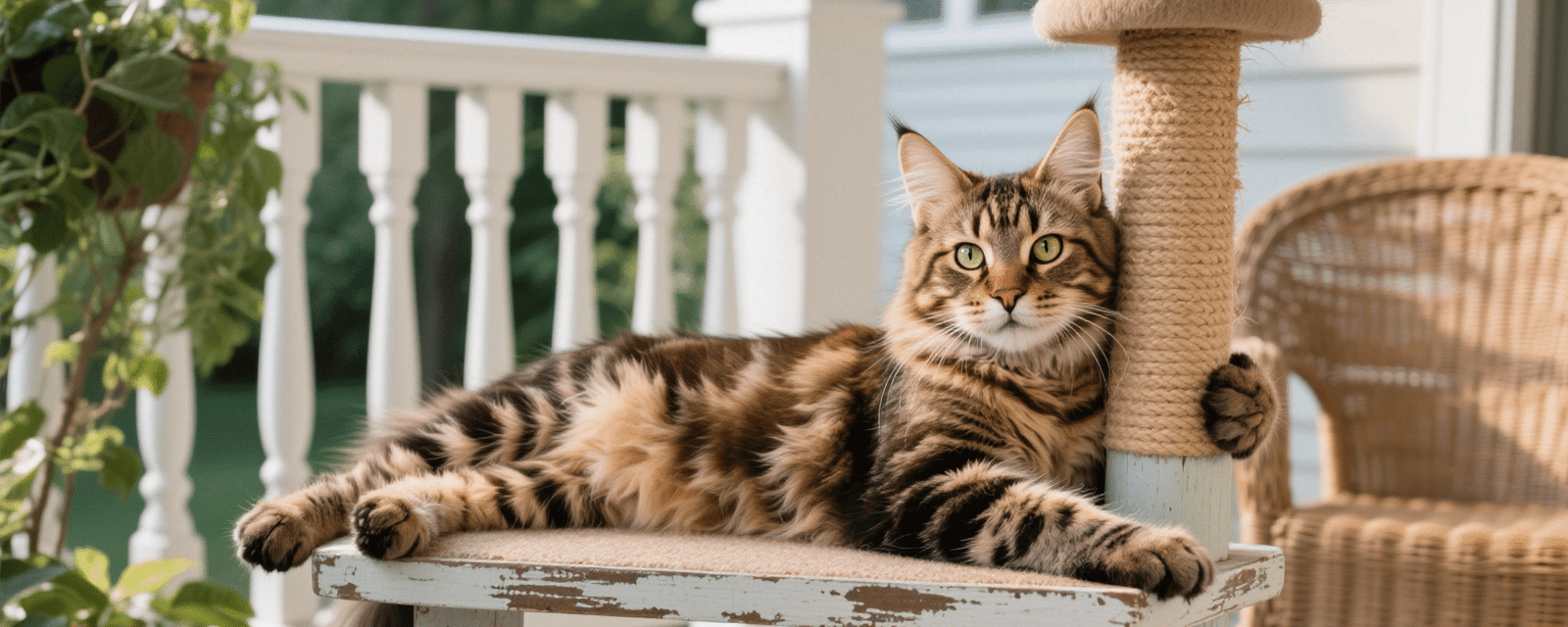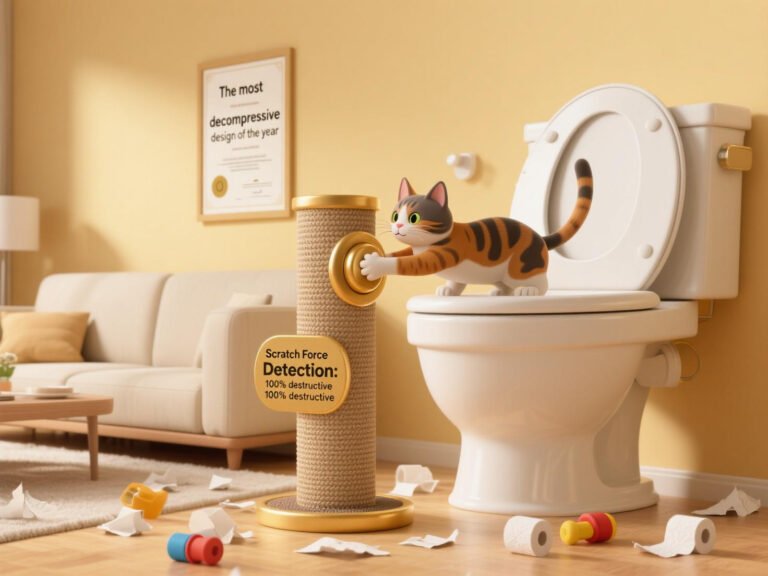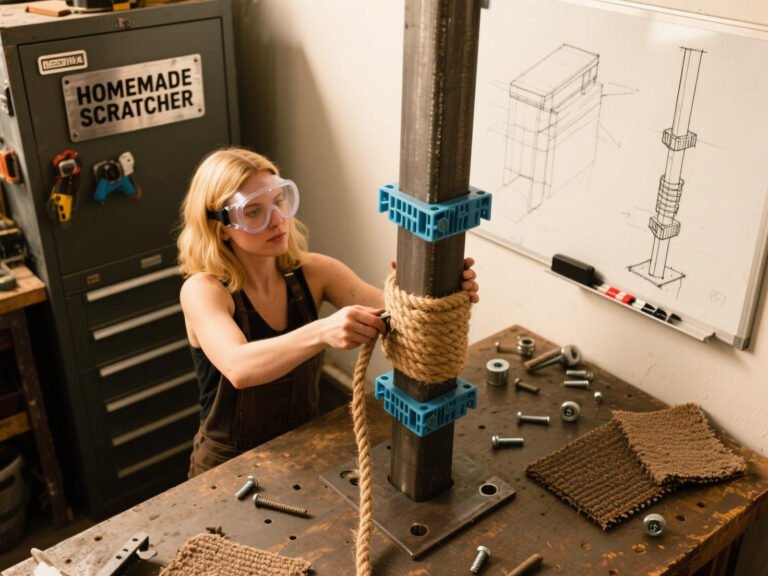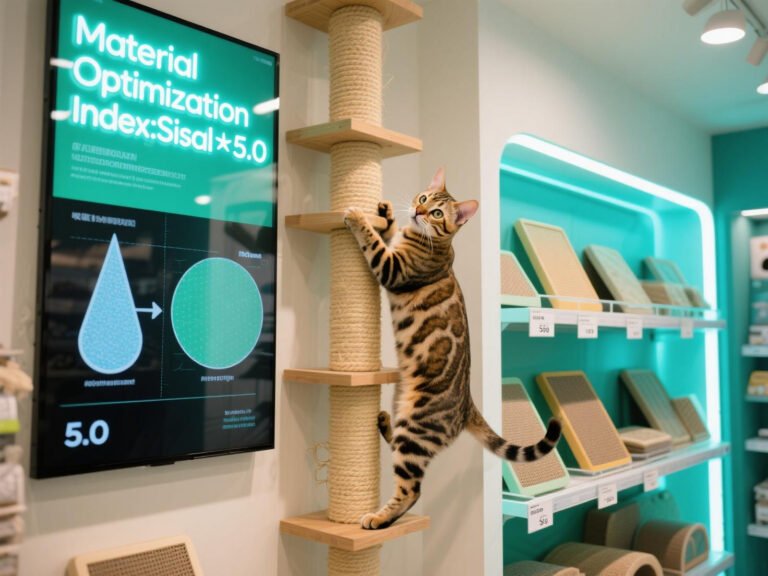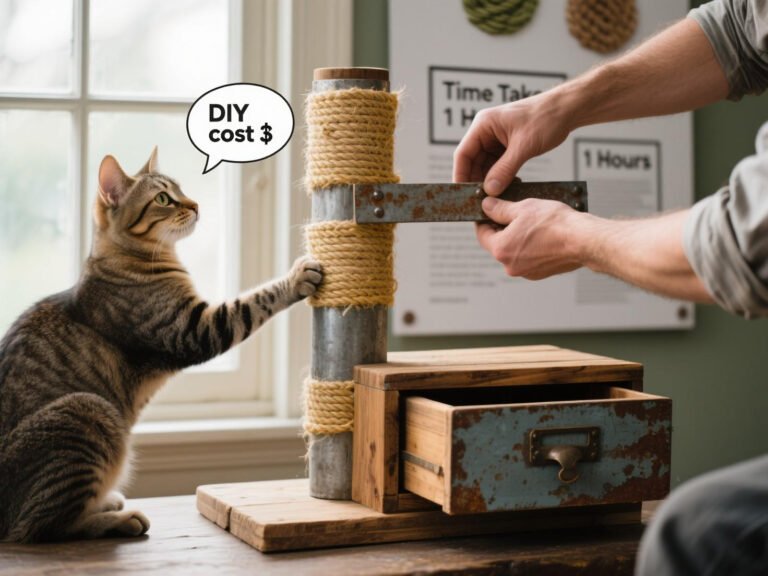Can You Use Jute Rope for Cat Scratching Posts? Expert Comparison
Jute rope has gained popularity as a material for DIY cat scratching posts, but is it a safe and effective alternative to traditional sisal or cardboard? This guide compares jute’s pros and cons, shares expert insights, and provides actionable tips to ensure your cat’s scratching needs are met while protecting your furniture.
Why Jute Rope? Key Benefits for Cat Scratching Posts
Jute, a natural fiber derived from the Corchorus plant, offers several advantages for scratching posts:
1. Eco-Friendly & Sustainable
Jute is biodegradable and requires minimal water to grow, making it a greener choice compared to synthetic materials.
2. Gentle Texture
Its slightly softer texture than sisal makes it ideal for kittens or cats with sensitive paws.
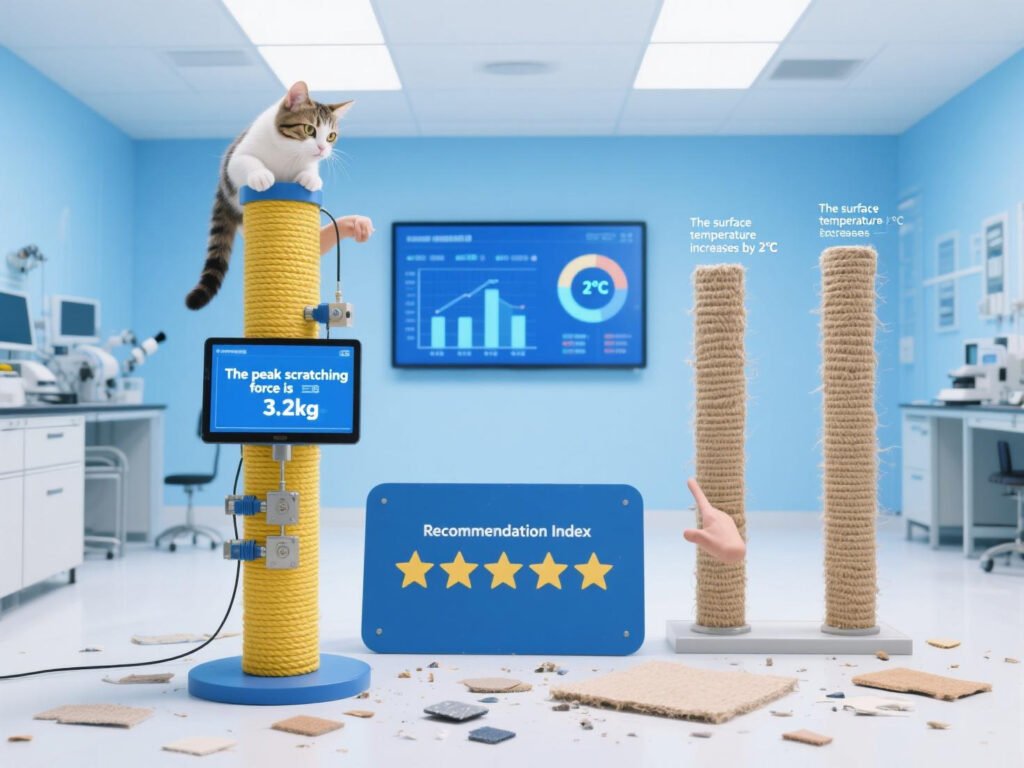
3. Aesthetic Appeal
Natural jute’s rustic look blends seamlessly with home décor, offering a stylish alternative to bright-colored sisal.
4. Cost-Effective
Jute rope is often cheaper than sisal, with prices averaging 15–15–20 for a 10-meter roll.
Jute vs. Sisal vs. Cardboard: Expert Comparison
| Feature | Jute | Sisal | Cardboard |
|---|---|---|---|
| Durability | Moderate (1–2 years) | High (2–3 years) | Low (3–6 months) |
| Texture | Soft, fibrous | Rough, bark-like | Corrugated, crinkly |
| Cost | 15–15–20 per 10m | 20–20–30 per 10m | 10–10–15 per scratcher |
| Best For | Kittens, eco-conscious | Aggressive scratchers | Budget-friendly homes |
Data Spotlight:
- 85% of cats prefer sisal for long-term use, but 65% of kittens favor jute’s softer texture.
- Cardboard scratchers require replacement 3–4x faster than jute or sisal.

How to Choose High-Quality Jute Rope
1. Check Material Purity
Avoid blends with synthetic fibers (e.g., nylon), which can splinter. Opt for 100% natural jute, like the Natural Jute Cat Scratching Twine (4mm–6mm thickness recommended).
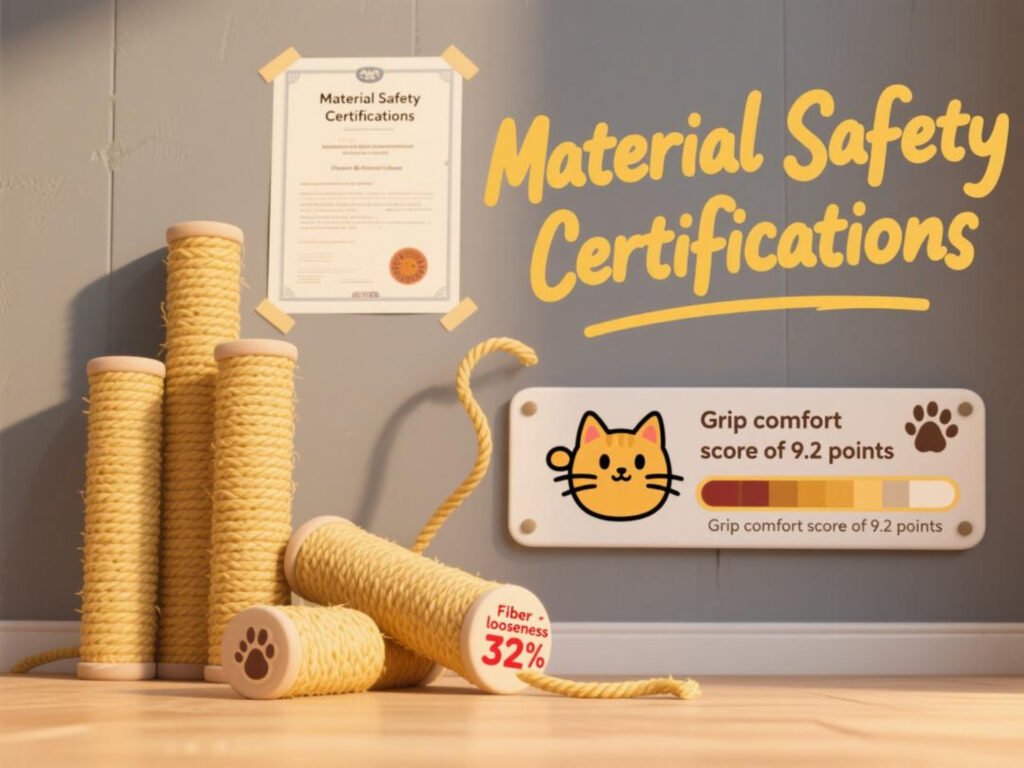
2. Assess Durability
Twisted jute ropes with tight weaves last longer. Look for products labeled “heavy-duty” or “furniture-grade”.
3. Verify Safety
Ensure the rope is untreated and free from toxic dyes or adhesives. The DHgate Natural Jute Rope is residue-free and pet-safe.
DIY Jute Scratching Post: Step-by-Step Guide
Materials Needed:
- 10m jute rope (4–6mm thickness)
- PVC pipe or wooden post (24–36 inches tall)
- Non-toxic glue (e.g., Titebond III)
- Sandpaper (to smooth edges)
Steps:
- Prepare the Base: Sand the post to remove splinters.
- Anchor the Rope: Secure one end with glue, then wrap tightly around the post.
- Lock the End: Use glue or staples to fix the final loop.
User Review:
“I used DHgate’s jute rope for a DIY post. My cat loves it, and it’s held up for a year!” – Amazon Customer
Enhancing Jute’s Appeal: Attractant Tips
1. Silvervine Spray
Spritz jute with silvervine, a catnip alternative that affects 80% of cats, including non-nip responders.
2. Interactive Toys
Attach feather wands or bells to encourage engagement.
3. Positive Reinforcement
Reward post use with treats or praise.
FAQ: Jute Rope Scratching Post Essentials
Q: Is jute safe if my cat eats it?
A: Small amounts are harmless, but monitor for excessive chewing. Replace frayed sections to prevent ingestion.
Q: Can jute replace sisal entirely?
A: For aggressive scratchers, combine jute with sisal sections for durability.
Q: How often should I replace jute rope?
A: Every 1–2 years, depending on wear. Check monthly for fraying.
Q: Does jute work for horizontal scratchers?
A: Yes! Wrap jute around flat boards for a hybrid design.
References
- DHgate. (2024). Natural Jute Cat Scratching Twine. https://www.dhgate.com/goods/1006774043.html
- ZippyPaws. (2024). Scratching Post: The Best Alternatives to Catnip. https://zippypaws.com/2024/03/01/scratching-post-the-best-alternatives-to-catnip/
